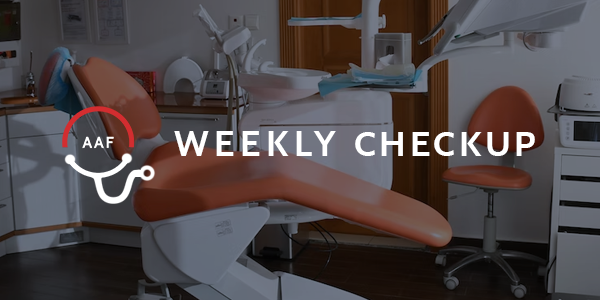Weekly Checkup
May 3, 2024
Not Smiling: A Case Study on Dental Medical Loss Ratio

On January 1, 2024, Massachusetts implemented dental insurance reform mandating a minimum amount a dental plan must pay on dental care costs. The law, passed via a 2022 ballot initiative, requires a medical loss ratio (MLR) for dental care at 83 percent of premium costs going toward dental care and 17 percent for administrative costs or plan profits. Even before the law became effective at the start of this year, one insurer pulled out of the small business market reportedly due to a projected premium increase of 38 percent. Why did Massachusetts take such action? And what are the longer-term consequences of adopting an MLR in a market that has never had one?
In theory, dental MLR is based on the MLR established in the Affordable Care Act, which requires health plans to spend 80 percent of premiums on medical care in the individual or small group or 85 percent in the large group – with the remaining 20 in the individual or small group or 15 percent in the large group – to be used for administrative costs and profits. Yet as a Tufts University study on the ballot initiative points out, dental premiums have remained generally affordable at “dozens of dollars a month rather than the hundreds or thousands required for health insurance.” In fact, the National Association of Dental Plans (NADP) opposed the setting of MLRs because beneficiary cost-sharing would likely increase under such an arrangement. NADP explains that MLRs may cause beneficiaries to change dentists, face increased premiums while plan options decrease, and even lose coverage as carriers exit the market.
While Arizona, California, Maine, and West Virginia have enacted laws requiring the reporting of MLR – including information on premiums, dental claims or fees – to either the insured or the state, none has set an MLR percentage. In 2023, Connecticut and Rhode Island introduced dental MLR legislation with percentages in the 80s, without any evidence that setting an MLR will increase patient access or improve the quality of care. The National Council of Insurance Legislators (NCOIL) has even released a model dental MLR in January 2024 to assist states with legislative language to establish a dental MLR. States are likely to look to the NCOIL model when crafting their own dental MLRs, easing the way for regulatory implementation and enforcement.
The American Dental Association has supported states’ adoption and implementation of dental MLR efforts, but if state legislatures went ahead with these plans, they may be buying into a provider-versus-plan payment dynamic that often overlooks the additional costs that may be passed on to patients. Currently, dental coverage is a voluntary rather than mandated benefit, and increasing the costs of a voluntary benefit makes it less attractive to employers and employees.
Massachusetts setting a dental MLR percentage is likely to increase premium costs for patients while reducing carrier options in the state. Policymakers should be more critical of MLRs in general as they can disincentivize competition, reduce carrier options, and ultimately leave more patients without any dental coverage at all.










